15 Pets Your Dog Could Learn To Love
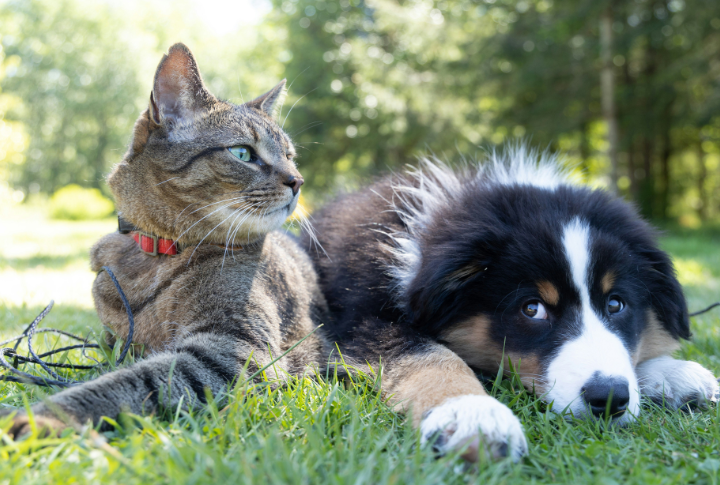
Having a dog is lovely, but sometimes, pet owners want to keep multiple pets. This desire can raise concerns about how compatible the pets will be with each other. While cohabitation may not be perfect, it isn’t off the table with proper—or, in some cases, constant—supervision. This list explores other animals dogs are most likely to embrace.
Cats
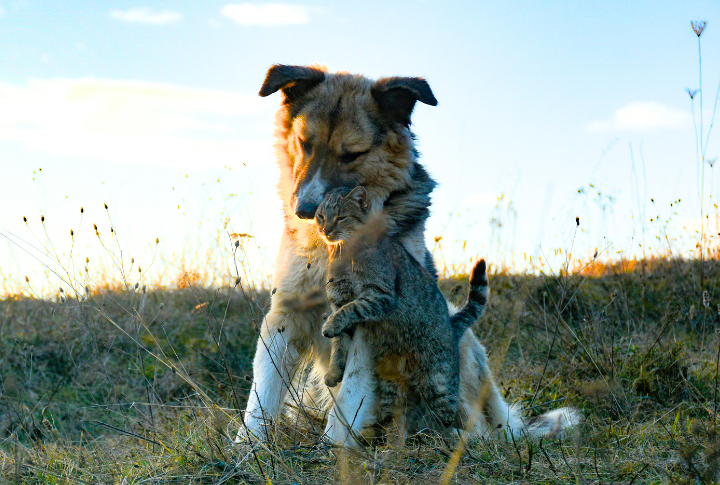
Surprised? It’s true that cats and dogs can become friends when given enough space and structure and slowly introduced to each other. Use scent swapping and baby gates to build trust. Over time, mutual respect can grow into cozy couch-sharing rituals and tag-team zoomies.
Rabbits
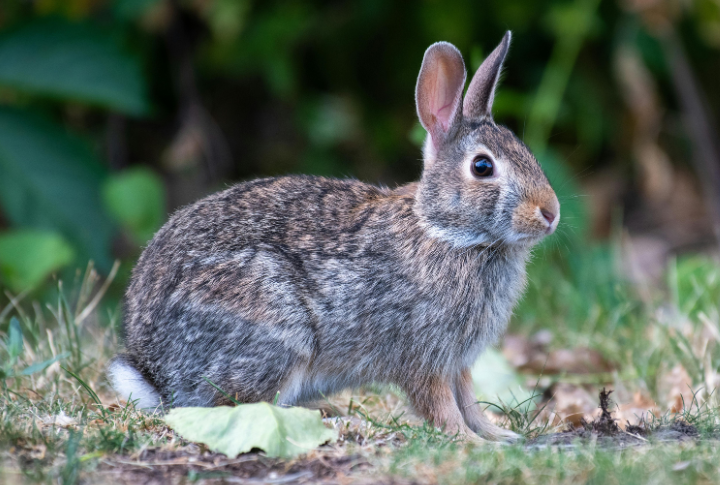
Bonding with rabbits begins with curiosity. Rabbits thrive when they feel safe, so always supervise their early interactions with dogs. While some dogs have a high prey drive, many pups can learn to coexist gently with a bunny roommate, especially if raised around one.
Guinea Pigs
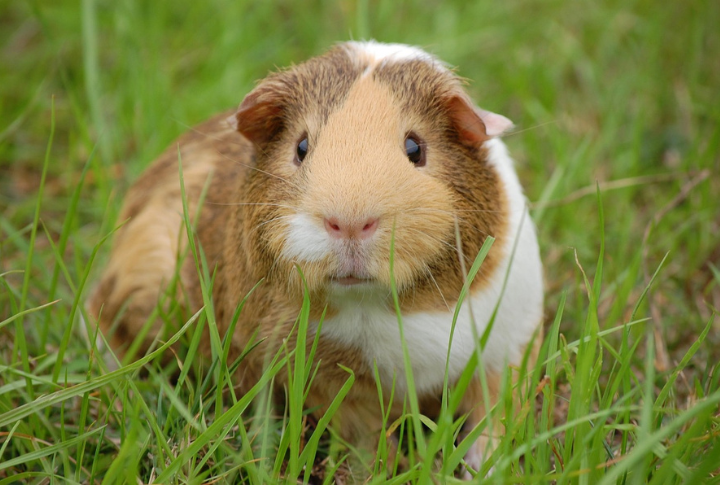
Sniffing and watching are your dog’s best moves near guinea pigs. These little herbivores, known for their squeaky language and skittish nature, need space and silence. Get a secure cage and respect their nap cycles. Also, dogs should be monitored when they observe these tiny pets.
Ferrets

As ferrets slither like sock puppets, many dogs get fascinated. Their musky scent and erratic movement can spark instinctual chases, so structure matters. Supervised playtimes work best. Ferrets thrive with consistency and tunnels. A respectful canine counterpart works, too.
Goats
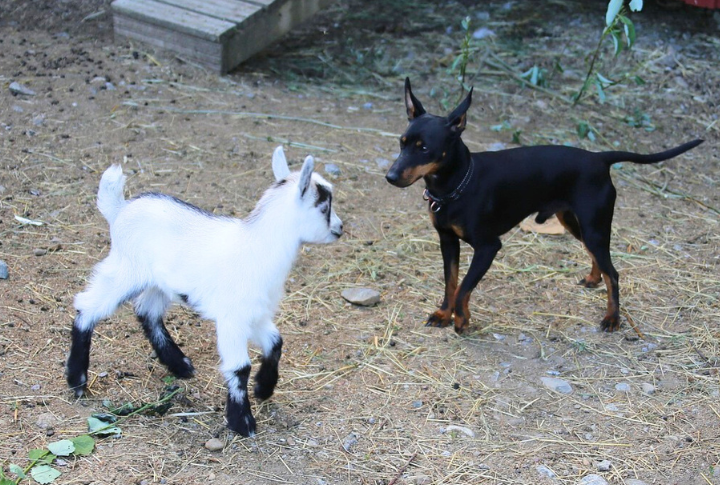
These stubborn and social animals can coexist with calm dogs. On farms, they share yards with loyal pups. Watch out for territorial headbutts, as those horns aren’t just for show. Daily interactions can transform two species into a synchronized, mischief-loving duo.
Pigs

As pigs snort softly and root around, they can bring surprising calm to a dog’s life. They’re tidy and intelligent. Introduce them through a barrier and keep food areas separate to prevent initial clashes. Once boundaries are established, expect tail wags and muddy noses.
Horses
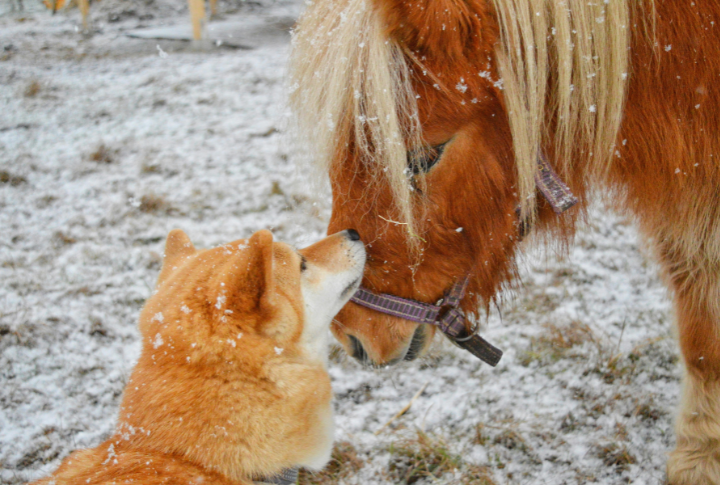
Horses respect calm energy. These easily startled beasts can bond deeply. A dog that chases won’t win this friendship. Historically, herding dogs have worked beside horses for centuries, from Mongolian grasslands to Kentucky pastures. Long walks and steady exposure build harmony.
Chickens
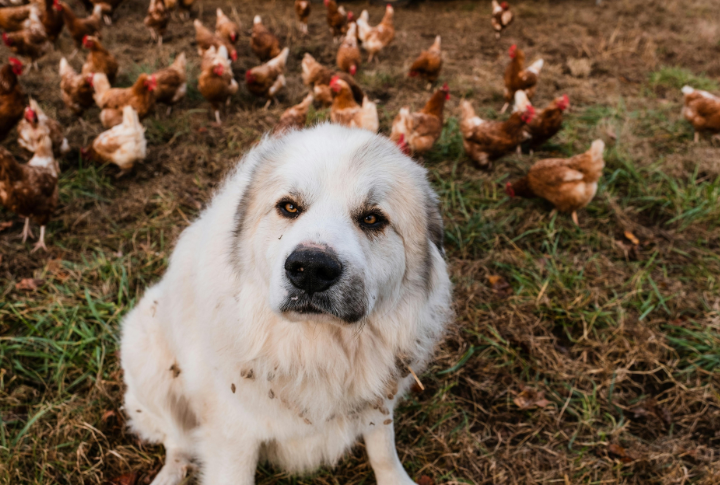
While chickens love routines and scratch time, they can spook easily. Introduce your dog with a leash and patience to protect that coop! Surprisingly, many dogs take on a guardian role and would circle the yard on patrol.
Geese

Geese are territorial and will flap and chase if provoked. They don’t back down. But with enough outdoor space and a calm dog, they establish pecking orders quickly. Romans once used geese as watchdogs. That’s something they have in common.
Parrots

Shrieking with drama and mimicking voices, parrots bring noise—lots of it. Dogs can grow tolerant when taught the bird’s boundaries. Use perches that are out of reach and reward your pup’s calm behavior. It helps limit the overstimulation of dogs.
Turtles

Turtles are lowkey. They quietly explore their space while the dogs look on and you supervise. Secure enclosures are a must, especially for smaller turtles. Some dogs may show interest without aggression, especially after a few sniff sessions.
Alpacas
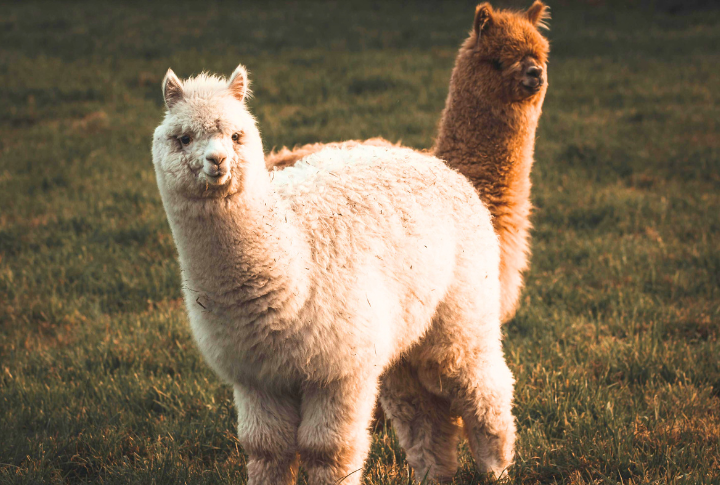
As for the woolly and weirdly charming alpacas, they live best in open areas where dogs can’t crowd them. Give each species its own space, then ease into visual contact. Get it right, and you’ll witness peaceful parallel grazing.
Sheep

These fleece-covered introverts rely on flight over fight. Dogs bred for herding may try to organize them! It’s all about control—yours. In ancient Wales, sheepdogs and livestock lived side by side like clockwork. A gradual introduction across a fence helps.
Ducks
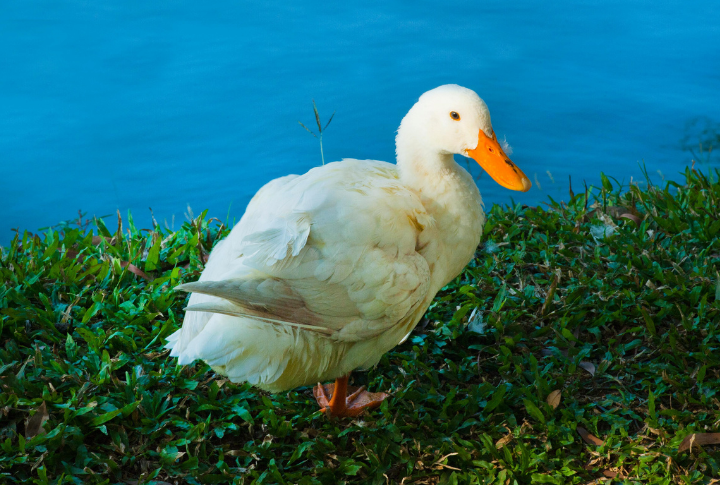
Ducks splash and quack, and dogs often become fascinated with them, especially in backyards with water features. Avoid open introductions. Secure fencing and a gentle pup set the tone. Once trust builds, ducks might even waddle up for a curious sniff.
Hamsters

Tiny toes and twitchy noses, plus a nocturnal lifestyle, make hamsters mysterious roommates. Keep cages out of paw’s reach. Most pups treat them as odd chew toys, so don’t allow free roaming. However, some dogs would rather spend hours quietly watching.






